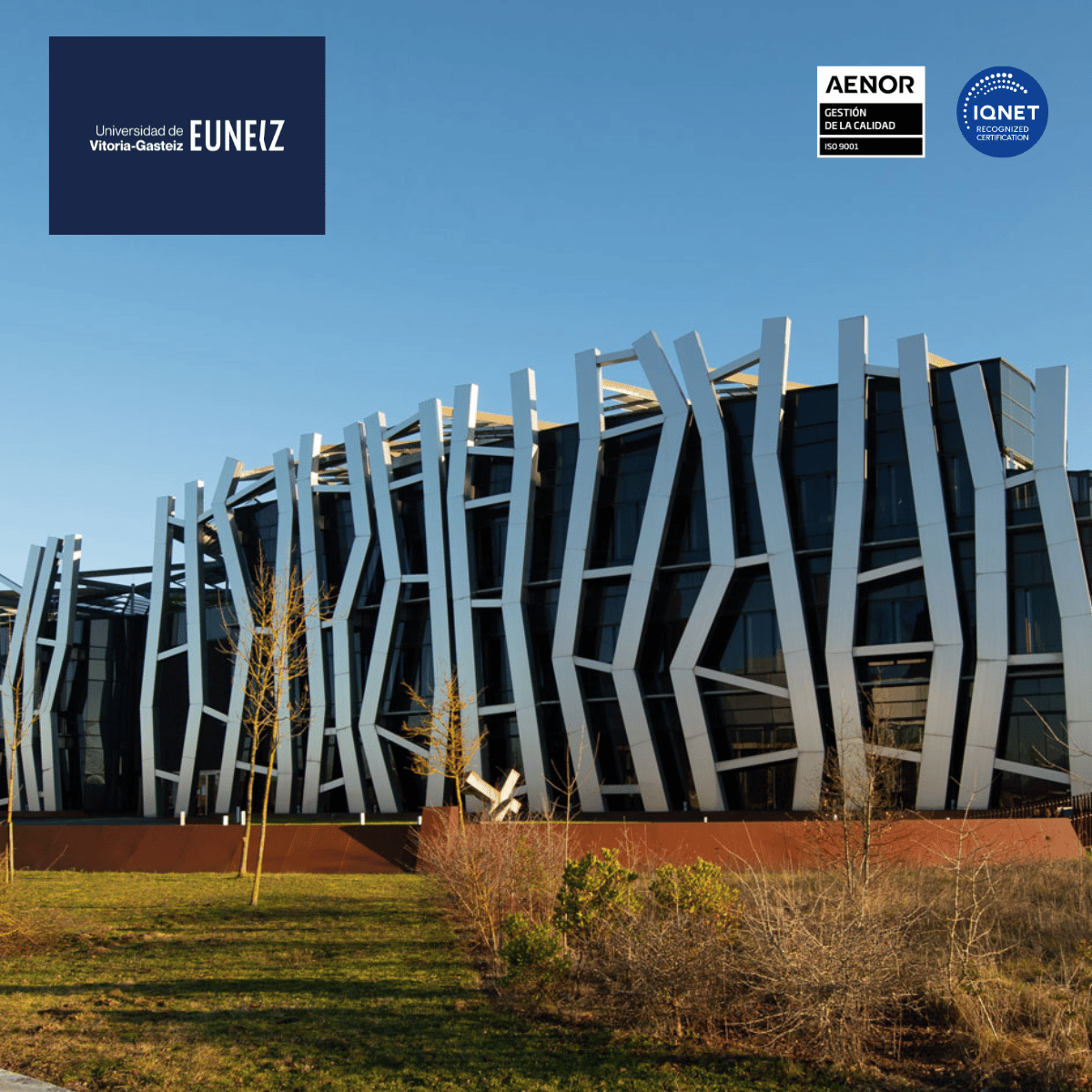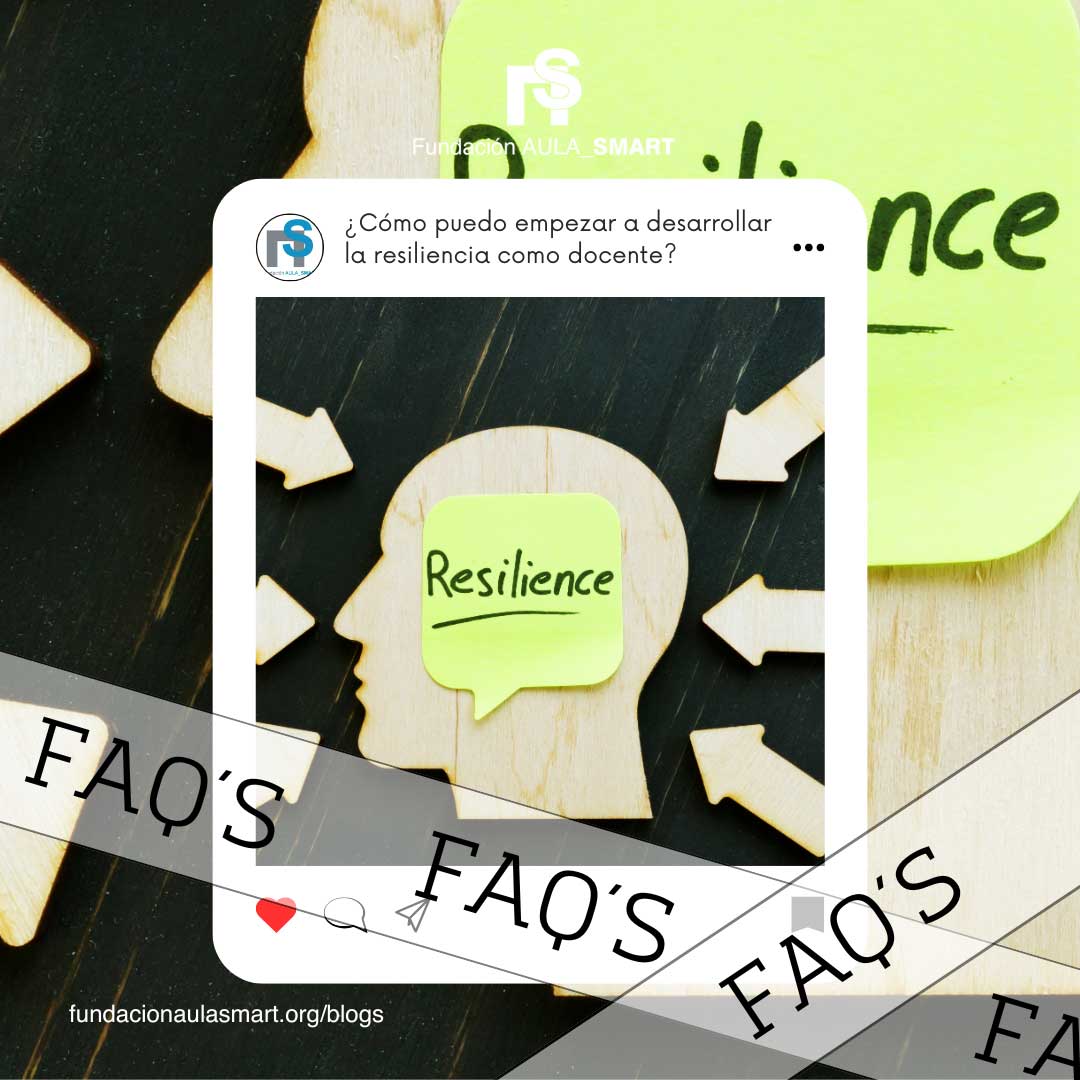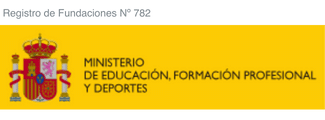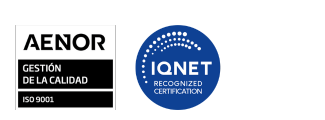Are educational centers forming students to face the challenges of the future?
1. Introduction
The world advances at an unprecedented rate, driven by technology, globalization and constant changes in work expectations. Given this panorama, the fundamental question is: Are educational centers forming students to face the challenges of the future? This article explores how the current educational model can be falling behind and what changes are necessary to equip students with the skills that the 21st century demands.
2. The current educational model: a outdated vision
2.1. Historical Origins of the Educational Model
The predominant educational model was established during the industrial era, a time when schools focused on preparing students for repetitive work in factories. The structure of rigid schedules, fragmented subjects and memorization based on the needs of that time. Although the world has changed dramatically since then, the education system, in many ways, has remained the same.
2.2. The gap between education and the world of work
Today, the labor market requires skills that transcend information memorization. Companies are looking for individuals who may think critically, solve complex problems, collaborate effectively and adapt quickly to new situations. However, the current approach of schools in preparing students mainly for standardized tests has created a disconnection between education and real -world expectations.
3. Innovations promoted by pandemic
3.1. Acceleration of technology in classrooms
The Covid-19 Pandemia acted as a catalyst for the integration of technology in schools. Suddenly, educational institutions were forced to adopt remote learning methods and use digital tools to continue teaching. This led to a rapid digital transformation, but the question persists: has this change really contributed to better prepare students?
3.2. Technology limitations without a strategic approach
Michael Meechin, a renowned educator and state director of the National Center for Education and the economy in Florida, argues that technology alone is not enough to transform education. Having devices in classrooms does not guarantee innovative education. The real challenge lies in how these tools are integrated so that they promote active and significant learning.
4. Preparation for a world of critical thinking and problem solving
4.1. Key skills for the future
The current work and social environment requires skills that go beyond theoretical knowledge. Experts highlight that students must develop skills such as critical thinking, the ability to solve complex problems, creativity and collaboration. These skills allow young people to face unexpected situations and adapt to changing contexts, essential characteristics for employability in the 21st century.
4.2. The role of evaluations and their redesign
Standardized evaluations have been the central axis of the educational system for decades. However, several experts underline the need to rethink these evaluations to align them better with practical skills and critical thinking. Tests should evolve to measure not only memorization capacity, but also the application of knowledge in real world situations.
5. The importance of purpose in education
5.1. Redefine the mission of schools
To prepare students for the future, educators must answer a fundamental question: what is the true purpose of education? During the FETC 2024 event, it was highlighted that, instead of focusing solely on preparing students to pass exams, schools must focus on training citizens capable of actively contributing to society and adapting to constant changes.
5.2. Recent surveys results
According to a 2022 survey, modern education priorities include the development of practical skills and the ability to think critically. These results reflect a change in public perception about what the school mission should be. Institutions must take into account these findings to redesign their curricular approaches and prioritize learning that is relevant and applicable.
6. Support and development for educators
6.1. The daily battle
Support for teachers is crucial to improve educational results. In the daily challenge to keep teachers motivated and equipped with the necessary tools to face the challenges in the classroom, without adequate support, teachers cannot offer an enriching learning environment that prepares students for an uncertain future.
6.2. Impact of an improved work environment
The work environment of teachers directly influences the quality of education. Better conditions and professional support allow teachers to focus on the teaching and development of pedagogical methods that promote critical thinking and problem solving. A solid work environment promotes teachers to innovate and provide a more effective education.
7. Beyond the preparation for standardized tests
7.1. Obsession with exams and their limitations
For years, the focus of many schools has been to prepare students to spend standardized tests. However, this approach has significant limitations. While these tests can measure certain aspects of academic knowledge, they do not adequately evaluate the students' ability to apply what has been learned in real world situations. This practice can result in superficial learning, where students focus more on memorizing than to understand and apply concepts.
7.2. Alternatives to evaluate practical skills
To promote deeper and more applicable learning, it is essential that schools adopt evaluation methods that measure practical skills. Project -based evaluations, case studies and presentations allow students to demonstrate their ability to solve problems and apply their knowledge in a creative way. These evaluation strategies can help develop more complete students and prepared for the challenges of the future.
8. Technology integration effectively
8.1. Use of digital tools for meaningful learning
Technology has immense potential to enrich the educational experience, but only if it is strategically used. Tools such as virtual simulators, interactive learning platforms and collaboration software can help students develop practical and technological skills that are essential in today's world. The key is that educators integrate these tools so that they reinforce active learning and student participation.
8.2. Differences between innovation and simple digitalization
It is important to differentiate between educational innovation and the simple digitalization of traditional methods. Providing devices to students does not necessarily imply an innovative approach. True innovation lies in how these resources are used to promote learning based on critical thinking, collaboration and problem solving.
9. Success cases in educational modernization
9.1. Schools that lead the change
Some institutions have adopted modern approaches that demonstrate how education can evolve to better prepare students. These schools implement student -centered teaching methods, integrate technology effectively and adapt their curricula to develop relevant skills. Some examples include project -based learning programs and the use of immersive environments to prepare students for future careers.
9.2. Learn Lessons and Best Practices
The experiences of schools that have implemented successful changes offer valuable lessons for other institutions. Among the best practices are the continuous training of teachers, the redesign of curricular approaches and the adoption of technologies that support active learning. These practices help build an education that responds to the demands of the 21st century.
10. Conclusion
The world is changing rapidly, and with it, the skills necessary to succeed. Although pandemic accelerated the use of technology in schools, this alone is not enough to ensure that students are prepared for the future. It is essential that educational institutions reassess their approaches and focus on developing learning that foster critical thinking, problem solving and adaptation to new challenges.
Support for educators is equally important; They must have the right resources and conditions to teach effectively. Evaluations should be redesigned to measure practical skills and not just memorization. Schools that have already adopted innovative methods show that it is possible to achieve significant change. Ultimately, the purpose of education must be preparing students not only to pass exams, but to effectively contribute to society and confront the world that awaits them.
FAQS
1. Why is the current educational model considered outdated?
The current educational model has its roots in the industrial era, which means that it was designed to prepare students for repetitive jobs and not for the complex skills that are needed today.
2. What skills are essential for 21st century students?
Key skills include critical thinking, problem solving, creativity, collaboration and adaptability. These skills allow students to face challenges and changes in the work and social environment.
3. How can technology improve students' education?
Technology, when used strategically, can enrich learning through simulators, interactive platforms and collaboration tools that promote active participation and learning.
4. What really does students prepare for the future?
Preparing students for the future implies teaching them to apply knowledge in real world situations, develop practical skills and adapt to new challenges, beyond passing standardized exams.
5. How can schools better support teachers?
Schools can improve support for teachers by providing adequate resources, better working conditions and continuous training that allows them to innovate and offer effective teaching.



















Leave a comment
All comments are moderated before being published.
This site is protected by hCaptcha and the hCaptcha Privacy Policy and Terms of Service apply.